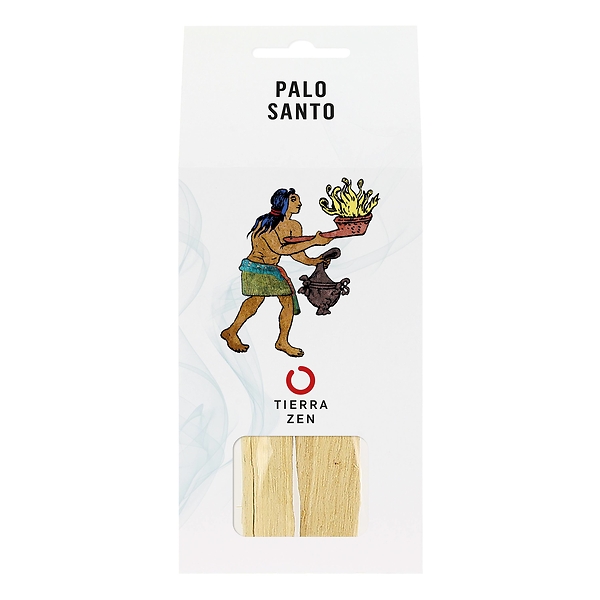Natural Palo Santo Encens
J00111485
sold by Musée du quai Branly - Jacques Chirac
MuseumMusée du quai Branly - Jacques Chirac
Description
The palo santo aromatic wood is extracted from the Bursera graveolens tree. It grows in South America, especially on the Pacific coast. The aroma is sweet and intense with citric notes. In order to get a high quality palo santo, the wood must be collected following a specific process. "Maturity is between 50 and 70 years old. Once the tree dies from natural causes, it has to remain at the same place for at least 5 to 8 years so that the oils are mature enough to be able to make quality incense", according to Jonathon Miller Weisberger, ethnobotanist author of Rainforest Medicine
Product information
- Technical specification
2 pieces of ±10 cm

